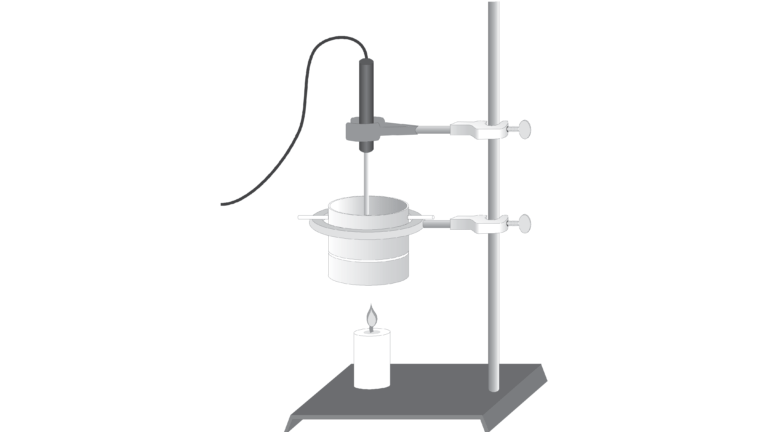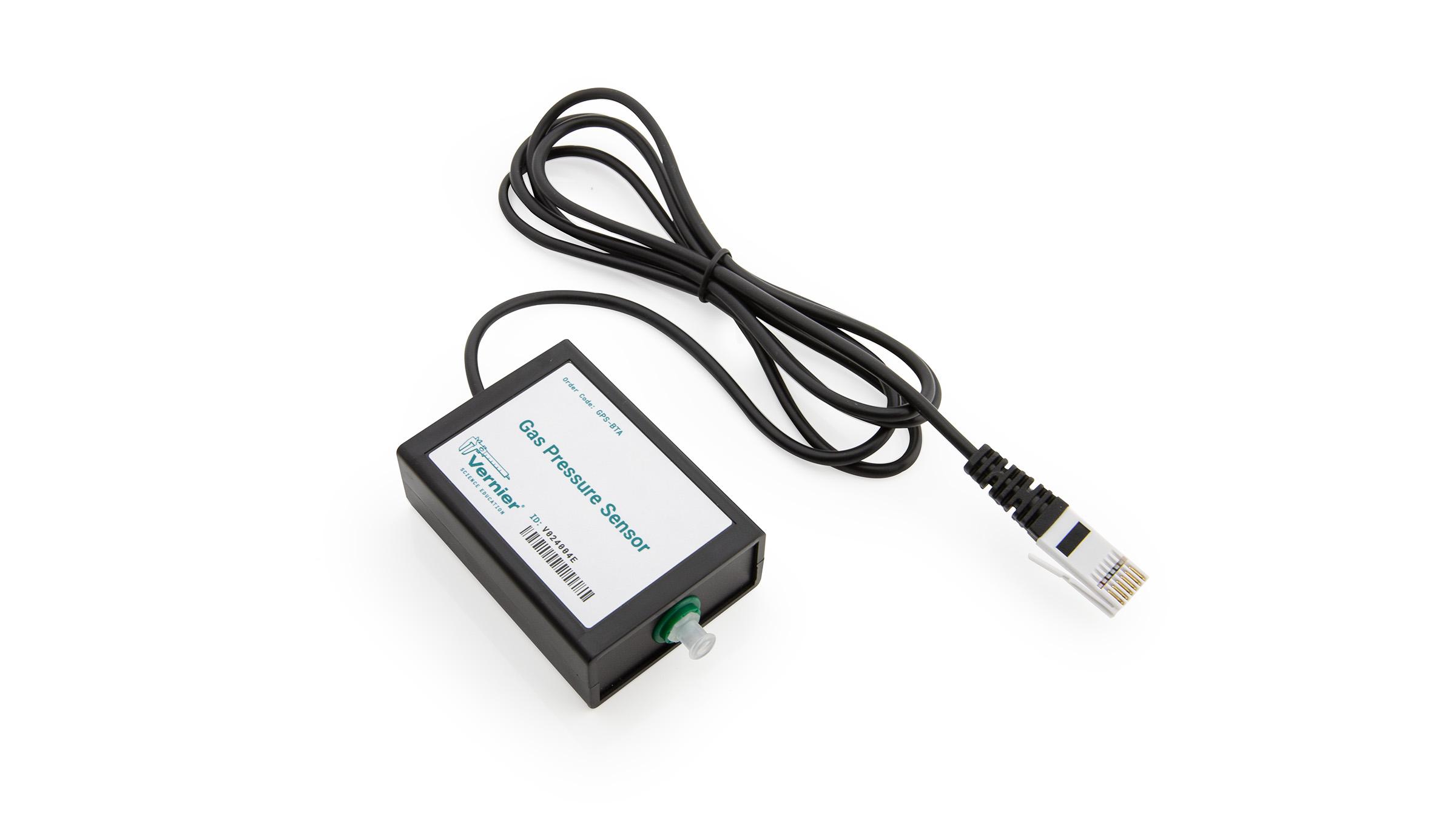
Introduction
In order to survive, all organisms need to move molecules in and out of their cells. Molecules such as gases (e.g., O2, CO2), water, food, and wastes pass across the cell membrane. There are two ways that the molecules move through the membrane: passive transport and active transport. While active transport requires that the cell uses chemical energy to move substances through the cell membrane, passive transport does not require such energy expenditures. Passive transport occurs spontaneously, using heat energy from the cell’s environment.
Diffusion is the movement of molecules by passive transport from a region in which they are highly concentrated to a region in which they are less concentrated. Diffusion continues until the molecules are randomly distributed throughout the system. Osmosis, the movement of water across a membrane, is a special case of diffusion. Water molecules are small and can easily pass through the membrane. Other molecules, such as proteins, DNA, RNA, and sugars are too large to diffuse through the cell membrane. The membrane is said to be semipermeable, since it allows some molecules to diffuse though but not others.
Objectives
In this experiment, you will
- Use a Gas Pressure Sensor to investigate the relationship
between water movement and solute concentration. - Determine the water potential of potato cells.
Sensors and Equipment
This experiment features the following sensors and equipment. Additional equipment may be required.
Option 1

Option 2

Correlations
Teaching to an educational standard? This experiment supports the standards below.
- International Baccalaureate (IB) 2025/Biology
- B2.1.5—Movement of water molecules across membranes by osmosis and the role of aquaporins
- D2.3.3—Water movement by osmosis into or out of cells
Ready to Experiment?
Ask an Expert
Get answers to your questions about how to teach this experiment with our support team.
- Call toll-free: 888-837-6437
- Chat with Us
- Email support@vernier.com
Purchase the Lab Book
This experiment is #22 of Biology with Vernier. The experiment in the book includes student instructions as well as instructor information for set up, helpful hints, and sample graphs and data.

